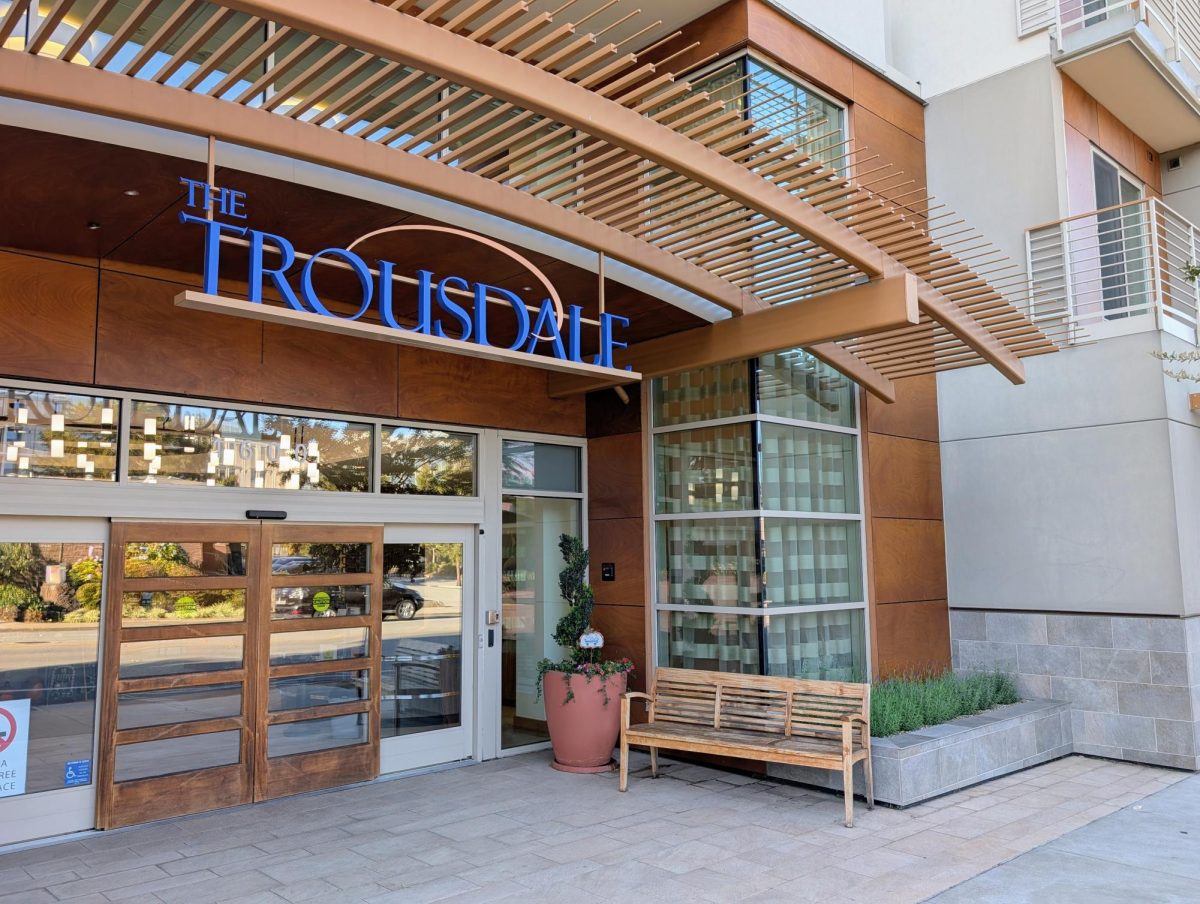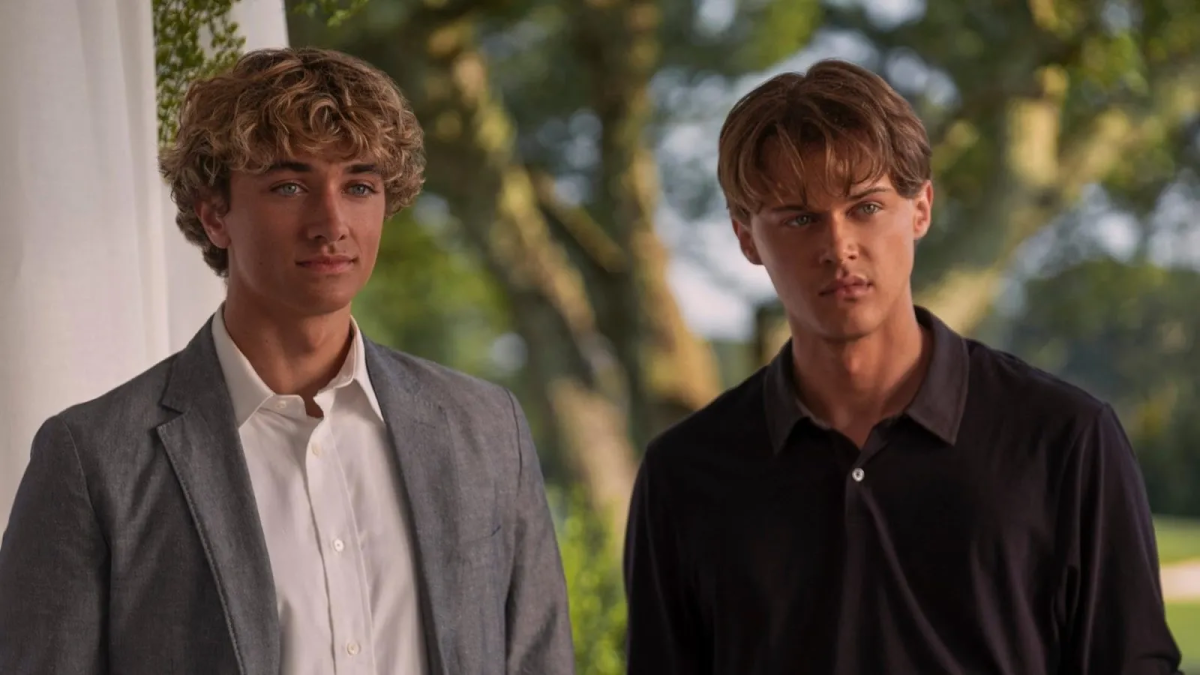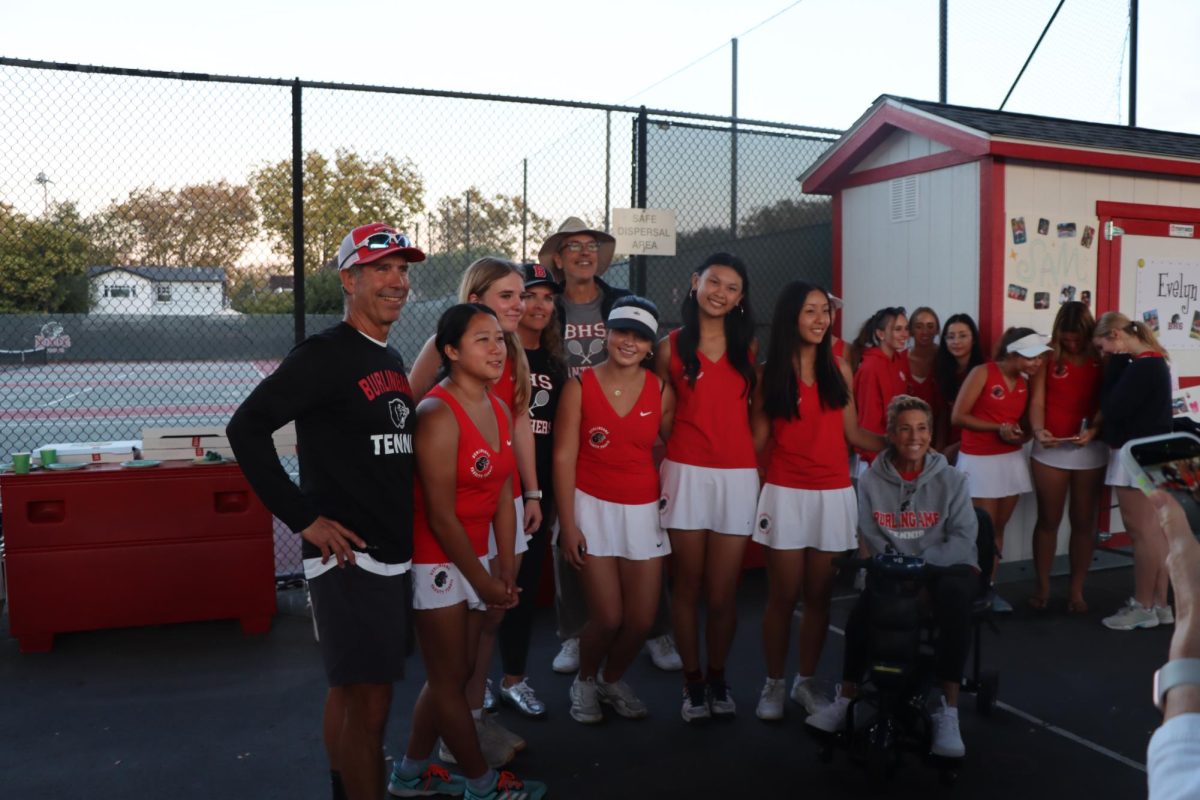Walking past school after the final bell, it is common to see cars full of students and their friends driving off campus, blasting music, and heading home after a long day. Whether they know it or not, these students are breaking a basic California driving law. California is one of the few states that imposes a restriction on all minors’ driver’s licenses that restricts their ability to drive around friends and younger family members. For one reason or another, most Burlingame students disregard the wait-a-year rule for driving their friends with their provisional driver’s licenses.
“Most people I know dismiss it,” junior Rachel Way said. “I’ll see people the day they get their license go pick up their friends. That’s a little much.”
California driving laws state that “during the first 12 months after issuance of a provisional license the licensee may not … (A) Drive between the hours of 11 p.m. and 5 a.m. (B) Transport passengers who are under 20 years of age.”
Yet, a large number of Burlingame students break this rule everyday, unconcerned about the consequences of violating their license restrictions. This predicament begs the question. What are these consequences?
If a police officer catches a minor breaking their license restrictions and decides to alert the court, the court can impose a punishment of either: “Not less than eight hours nor more than 16 hours of community service for a first offense and not less than 16 hours nor more than 24 hours of community service for a second or subsequent offense,” or “A fine of not more than thirty-five dollars ($35) for a first offense and a fine of not more than fifty dollars ($50) for a second or subsequent offense.”
A large factor that provokes students to break this driving license restriction is the limited chance that they will get caught. According to California Driving Laws, “a law enforcement officer shall not stop a vehicle for the sole purpose of determining whether the driver is in violation of the restrictions,” making this regulation a secondary violation in the eyes of the law.
This means a police officer can only stop a teenaged driver for driving violations other than driving friends, such as speeding or reckless driving. If the officer also catches the driver still carrying out their 12 month wait driving around friends or family under 20 years old, the driver will be given two different violations. The first violation, like the speeding or recklessness, will have more consequences than the secondary violation of breaking their provisional license restrictions.
“I can’t pull you over just because you have a bunch of kids in the car… there’s something called probable cause,” said Heather Rumbaugh, the school’s resident police officer, .
Unless a driver is acting suspiciously, police officers have no cause to stop them. Because of this, most Burlingame students chose to disregard the law, seeing the restriction as less of a consequential rule than other driving laws.
Still, there are consequences for breaking the regulation.
“Obviously you can get a citation, you can get a fine, depending on if you’ve had other traffic violations, you can get your license suspended until you’re 18, you could get your parents called,” Officer Rumbaugh said of the consequences for teenagers who violate their license restrictions.
Most typically, the police officer will call the driver’s and other passenger’s parents to come pick them up, which is an unfavorable outcome for students, but much more preferable compared to getting their license taken away until they’re 18.
Why do Burlingame students take the risk to drive around their friends? Juniors Julia Doran and Rachel Way offer an explanation.
Doran started driving her friends around “because they had no other ride and needed to go to school.” She also said that her parents had no problem with her driving around other minors.
In fact, “they asked me to drive other friends children.” Way says that she started driving her friends around “because we all want to go somewhere and they’re all hardly 16.” While her parents had a problem initially with driving other minors around, “now they kind of don’t care because they just make me drive them places so they’re just like, ‘Yeah it’s fine.’”
If all these students are blatantly disregarding the wait-a-year rule, what should be the solution?
“I think it should only be wait 6 months, because it makes sense as a new driver, you shouldn’t drive other people, but a year is a long time,” Doran said.
“I think the wait-a-year rule is kind of stupid. I get it because they want to make sure you’re safe, but if you’ve driven enough to actually get your license then you should be able to do whatever you want.” Way said.
While the wait-a-year rule makes sense to many teenage drivers, most choose to dismiss it. If a teen driver feels confident in their driving skills, nobody can tell them what to do. (Besides the law)
In the end, teenagers are stuck making a choice. They can either risk the slim chance that they get caught, or they can play it safe and just drive alone for a year. Yet Burlingame students are still going to continue driving their friends around before their year is up, but they should try to make good decisions and stay safe.


































